Luxembourg, officially known as the Grand Duchy of Luxembourg, has a rich history of urban development that reflects its strategic location and changing political landscape over the centuries. Here is a brief overview of Luxembourg’s history of urban development:
- Ancient Origins:
- The area that is now Luxembourg has evidence of human habitation dating back to ancient times. Celtic and Roman influences are notable in the region’s early history.
- Medieval Period:
- Luxembourg City, the capital of the country, has its roots in the medieval era. In 963, Count Siegfried acquired the rocky promontory known as “Lucilinburhuc,” laying the foundation for what would become Luxembourg City.
- The strategic location of Luxembourg made it a prized possession, leading to various rulers and dynasties vying for control over the centuries.
- Fortifications and Castles:
- Luxembourg City became a key military stronghold with the construction of fortifications and castles. The city’s fortifications, including the famous Bock and Pétrusse Casemates, played a crucial role in its defense.
- Burgundian and Habsburg Rule:
- Luxembourg came under the rule of the Burgundian and Habsburg dynasties during the late medieval period. The city continued to evolve, influenced by the architectural styles of these ruling houses.
- Spanish and French Influence:
- The 17th and 18th centuries brought further changes, with Luxembourg falling under Spanish and later French control. During this time, the city saw additional fortifications and urban development.
- Dutch Rule:
- In 1815, the Congress of Vienna established Luxembourg as a Grand Duchy under Dutch rule within the German Confederation. The city’s fortifications were dismantled in accordance with the Treaty of London in 1867, leading to the creation of the modern city layout.
- Industrialization and Modernization:
- The late 19th and early 20th centuries witnessed industrialization and modernization in Luxembourg. The steel industry played a significant role, transforming the economic landscape and leading to population growth.
- World Wars:
- Luxembourg was occupied during both World Wars, and the country experienced significant challenges. The wars left an impact on the urban development, with post-war reconstruction efforts shaping the cityscape.
- European Integration:
- Luxembourg has played a key role in the process of European integration. As the headquarters of several European institutions, including the European Court of Justice, the city has seen further development and internationalization in recent decades.
- Contemporary Urban Planning:
- In the 21st century, Luxembourg City continues to evolve with modern urban planning initiatives. The Kirchberg Plateau, for example, has become a major European financial and business district.
Throughout its history, Luxembourg’s urban development has been influenced by its strategic location, changing political dynamics, and economic shifts. The result is a city that blends historic charm with modern functionality.

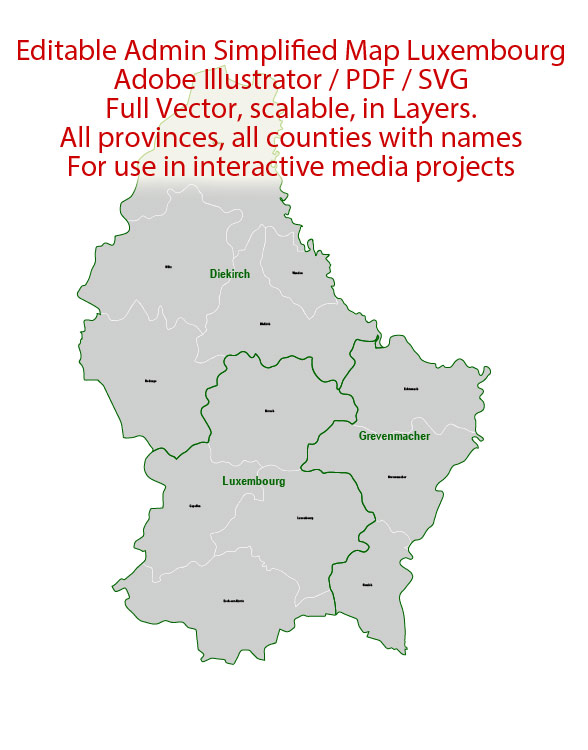
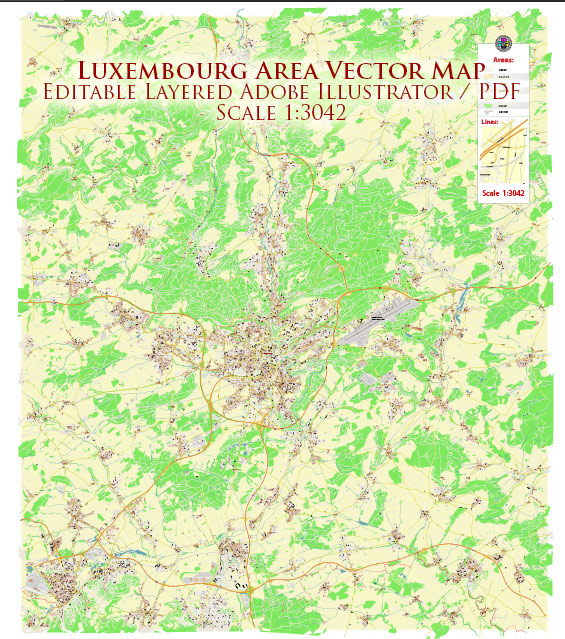
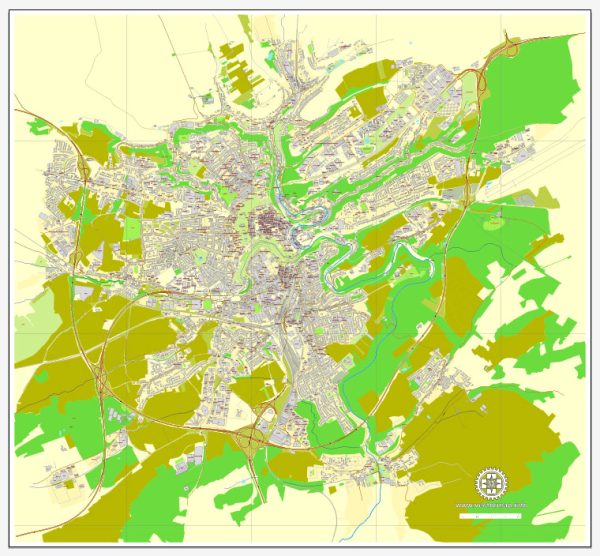
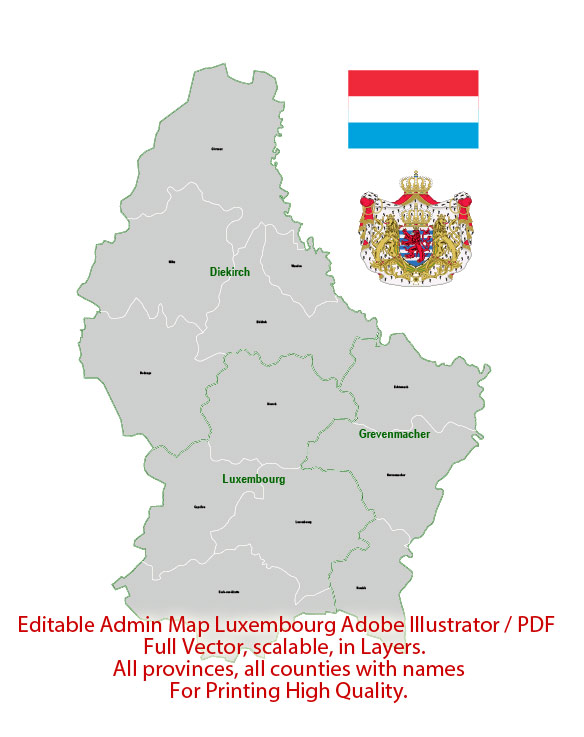

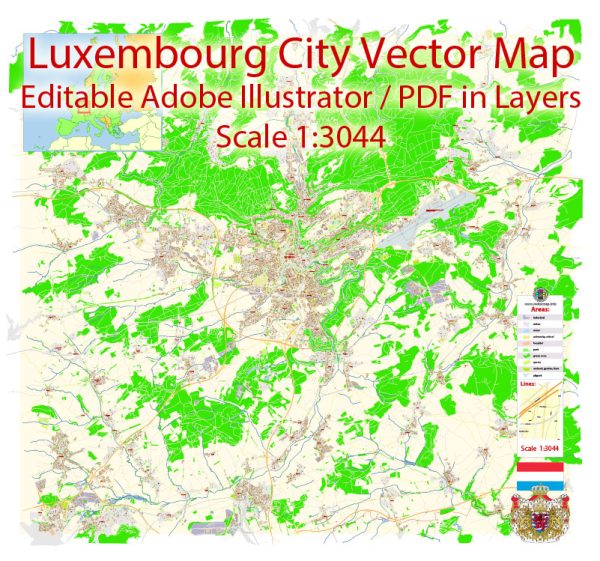
 Author: Kirill Shrayber, Ph.D.
Author: Kirill Shrayber, Ph.D.